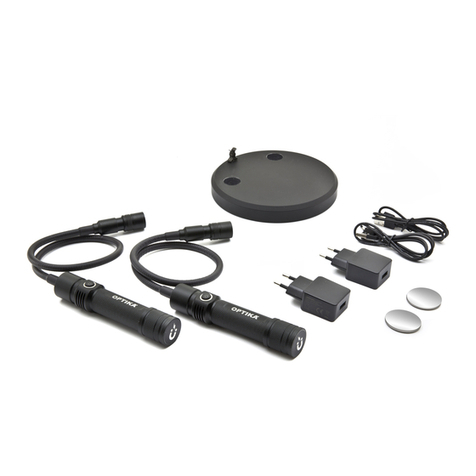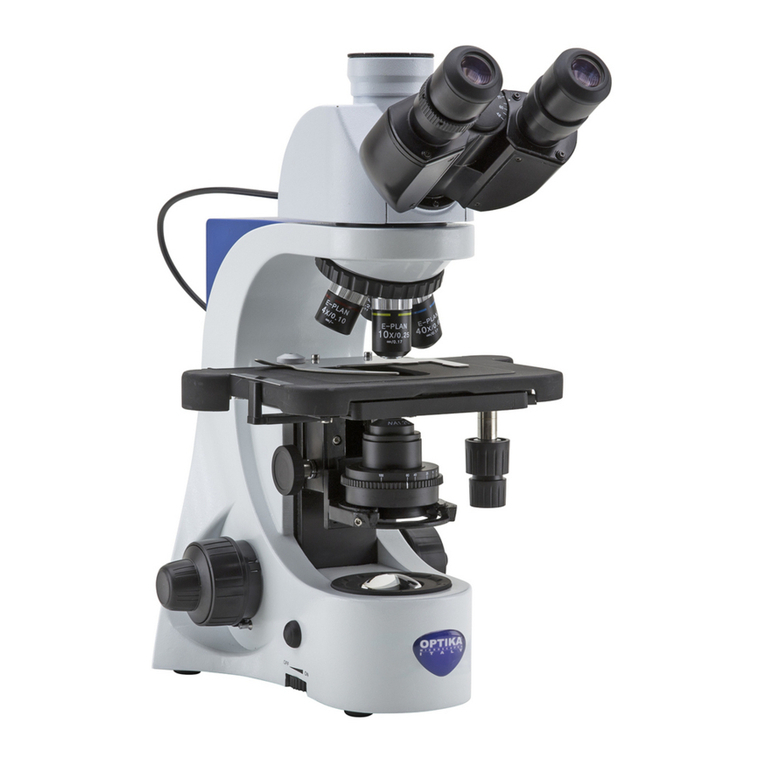Optika Italy B-510 Series User manual
Other Optika Italy Microscope manuals
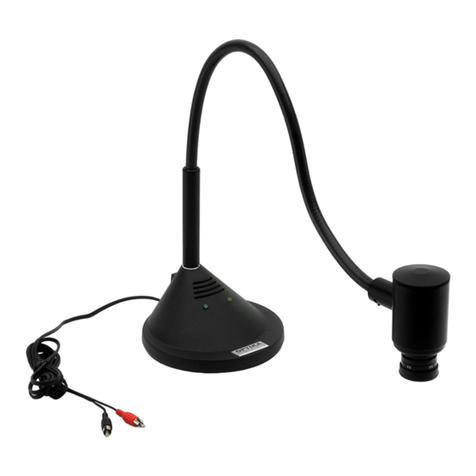
Optika Italy
Optika Italy OPTIKAM EC2 User manual
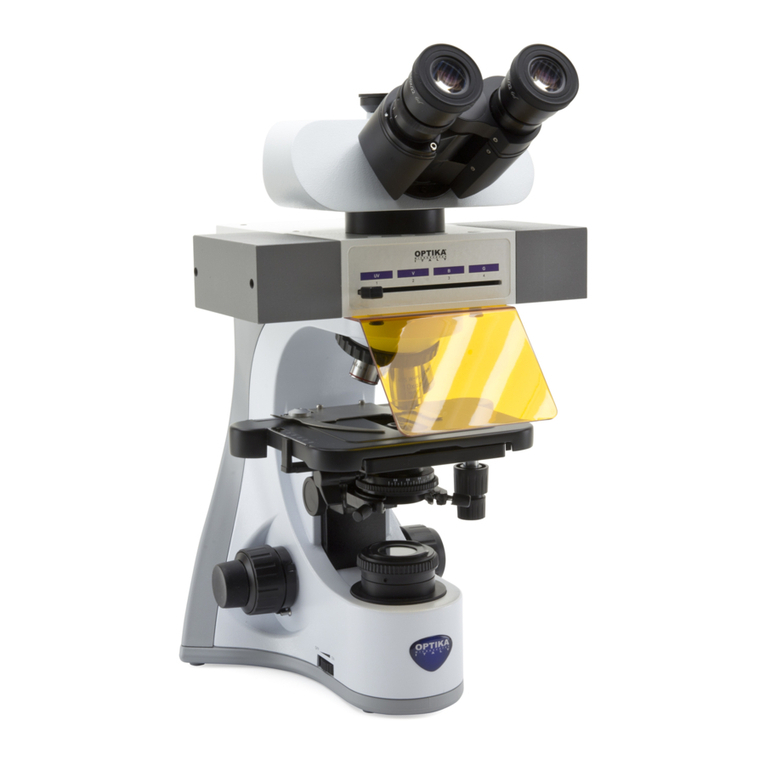
Optika Italy
Optika Italy B-510 Series User manual

Optika Italy
Optika Italy IM Series User manual
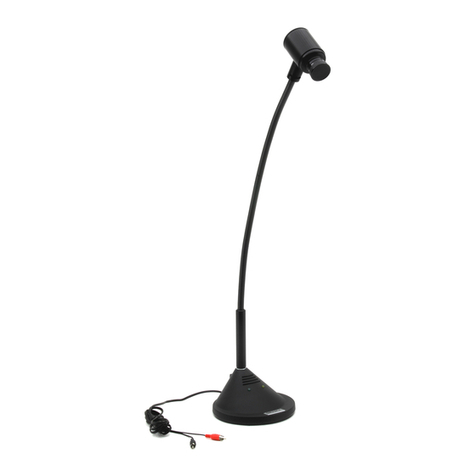
Optika Italy
Optika Italy 4083.2 User manual
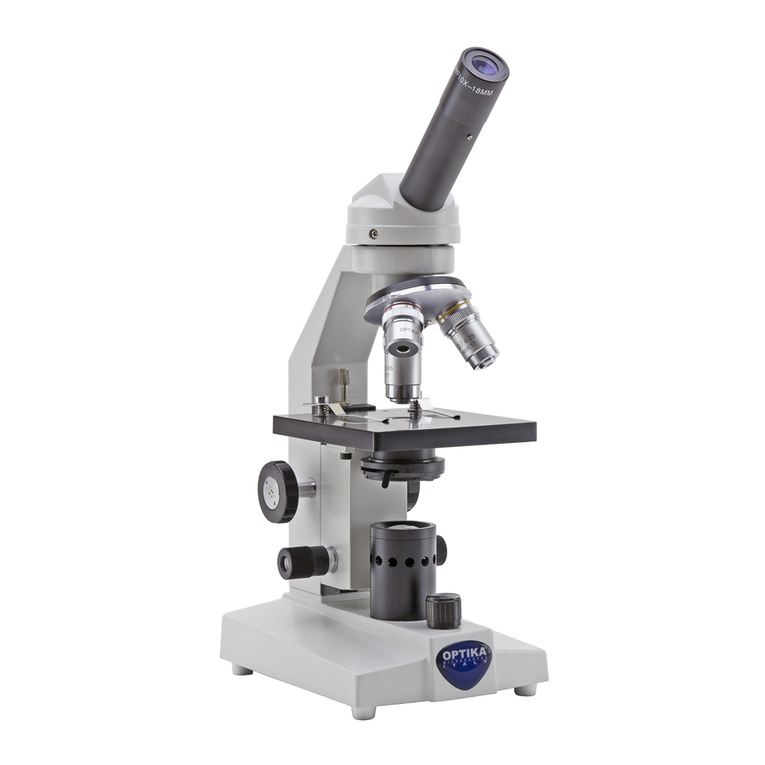
Optika Italy
Optika Italy ECOVISION Series User manual
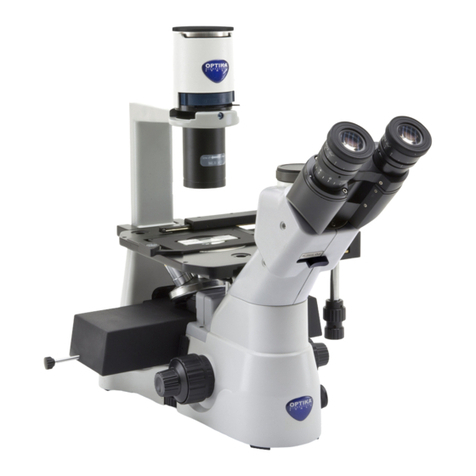
Optika Italy
Optika Italy IM Series User manual
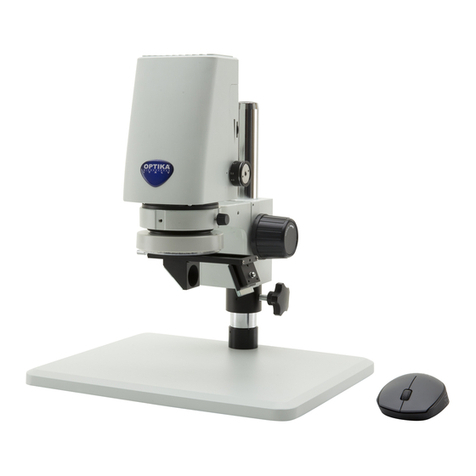
Optika Italy
Optika Italy INSPECTION SYSTEMS Series User manual

Optika Italy
Optika Italy B-1000FL-HBO User manual
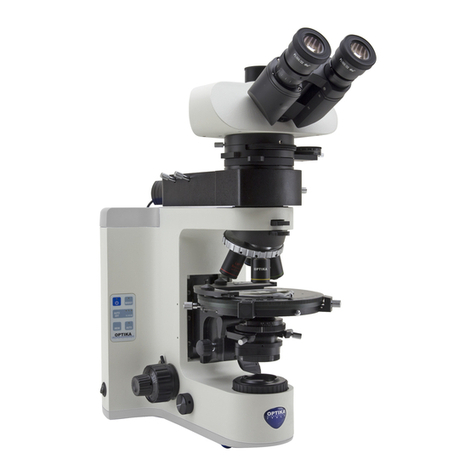
Optika Italy
Optika Italy B-1000 Series User manual

Optika Italy
Optika Italy B-1000 Series User manual

Optika Italy
Optika Italy B-1000 Series User manual

Optika Italy
Optika Italy ACCESSORIES Series User manual

Optika Italy
Optika Italy B-510 Series User manual

Optika Italy
Optika Italy B-1000 Series User manual

Optika Italy
Optika Italy B-510 Series User manual

Optika Italy
Optika Italy B-380 Series User manual

Optika Italy
Optika Italy B-1000 Series User manual

Optika Italy
Optika Italy B-383 Series User manual

Optika Italy
Optika Italy B-190TB Series User manual
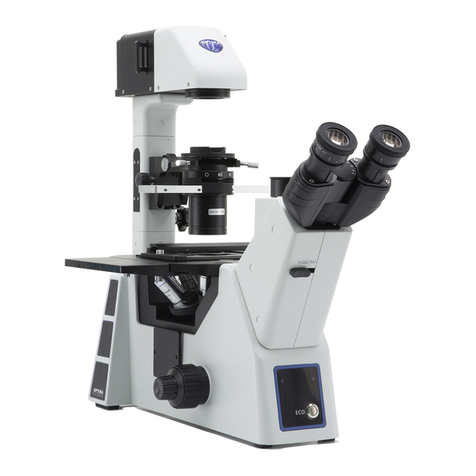
Optika Italy
Optika Italy IM-5 Series User manual
